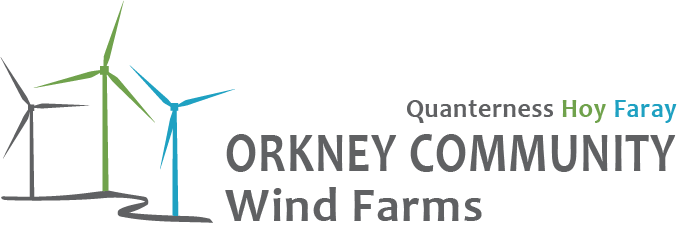
This uninhabited island, lying to the north and west of Eday and south-southeast of Westray, was bought by Orkney Islands Council in January 2019 for its strategic development potential.
The project consists of six wind turbines that are 149 metres height from ground to blade tip with a 28.8MW capacity.
In addition to the turbines, the site could include turbine foundations, crane hard-standings, a new jetty/landing site for bringing turbine components and construction materials onto the island, internal access tracks, on-site access tracks between turbines, underground cabling between the turbines, on-site substation and maintenance building with welfare facility, a temporary construction compound and potential on site borrow pit(s) dependent on the suitability of site-won materials to provide aggregate for the construction of the development.
In 2024, two marine licenses were issued for works below Mean High Water Springs (MHWS), i.e. the installation of improved access to Faray via construction of a new extended slipway and landing jetty.
Key facts:
- Faray is approximately 17km northeast of Orkney Mainland, and approximately 25km from Kirkwall.
- The site boundary comprises the entire island, extending to approximately 168hectares and centred on British National Grid (BNG) 352985, 1037250.
- The are no current residents on the island, with the last former residents understood to have left in the late 1940s.
- OS mapping suggests there are several relic structures, former farms and cottages, an old road/track, and a burial ground. A small jetty is located on the southeast coast.
- The coastline is generally defined by rocky cliffs with geos and caves, except on the west coast near the north of the island and on the far southeast coast, where there are stretches of beach.
- Access to the site is currently only achievable by private boat landing at the existing jetty at the southeast of the island.
Challenges & Mitigations
To reduce potential impacts that may arise from the developments, measures will be put in place to mitigate challenges that have been identified through surveys and the Environmental Impact Assessment (EIA). The table below summarises some of the proposed challenges and mitigations that may arise throughout the construction and operational phases of the project:
Relevant publications for the Faray Community Wind Farm can be found here.


